- Have any questions?
- +380 (50) 50 73 903
- uapothecary.pharmacy@gmail.com
Ascophen Darnytsia tablets in a pack of 10 pcs
Original price was: $14.19.$12.89Current price is: $12.89.
Ascophen-Darnytsia Tablets are a trusted dietary supplement designed to support your overall health and well-being. Each pack contains 10 tablets formulated with a unique blend of ascorbic acid (Vitamin C), aspirin, and phenacetin, providing powerful benefits for your immune system and general health.
Pharmacological properties
The drug has an analgesic, antipyretic and anti-inflammatory effect. the components of the drug are synergists. the antipyretic effect of acetylsalicylic acid is realized through the central nervous system by inhibiting the synthesis of prostaglandins РgF 2 in the hypothalamus in response to the influence of endogenous pyrogens. the analgesic effect has both a peripheral and a central origin: peripheral effect – suppression of the synthesis of prostaglandins of inflamed tissues; central effect – influence on the centers of the hypothalamus. acetylsalicylic acid also reduces platelet aggregation. paracetamol exhibits an analgesic, antipyretic and very weak anti-inflammatory effect, which is associated with its effect on the center of thermoregulation in the hypothalamus and a weak ability to suppress the synthesis of prostaglandins in peripheral tissues. caffeine stimulates the central nervous system. also strengthens positive conditioned reflexes, stimulates motor activity, weakens the effect of sleeping pills and narcotics, enhances the effect of analgesics and antipyretics.
Indication
Therapy for mild or moderately expressed pain syndrome: headache and toothache, muscle pain, joint pain, neuralgia, primary dysmenorrhea, and also as an antipyretic agent for diseases accompanied by fever.
Application
Adults are prescribed 1 tablet 2-3 times a day after meals. the maximum daily dose is 6 tablets (in 3 doses). the duration of treatment depends on the course and severity of the disease and should not exceed 5 days as an analgesic and 3 days as an antipyretic.
Do not exceed the recommended dose.
Do not take together with other medicines containing paracetamol.
Contraindication
Hypersensitivity to the components of the drug, other xanthine derivatives (theophylline, theobromine), other salicylates; ba, caused by the use of salicylates or other non-steroidal anti-inflammatory drugs, in the anamnesis; congenital hyperbilirubinemia, congenital deficiency of glucose-6-phosphate dehydrogenase; blood diseases, leukopenia, anemia; acute gastrointestinal ulcers, hemorrhagic diathesis, severe renal failure, severe liver failure, Gilbert’s syndrome, severe cardiovascular diseases, including rhythm disorders, severe atherosclerosis, severe coronary artery disease, severe heart failure, severe ag; states of increased excitement, sleep disorders, old age, glaucoma, alcoholism. when using MAO inhibitors, as well as within 2 weeks after stopping their use. combination with methotrexate at a dose of ≥15 mg/week.
Side effects
From the side of the cardiovascular system: tachycardia, palpitations, ag.
From the blood and lymphatic system: anemia, sulfate hemoglobinemia and methemoglobinemia (cyanosis, shortness of breath, heart pain), hemolytic anemia, bruising or bleeding, thrombocytopenia, agranulocytosis. As a result of its antiplatelet effect on platelets, acetylsalicylic acid can increase the risk of bleeding. Bleedings such as intraoperative hemorrhages, hematomas, bleedings from the organs of the genitourinary system, nosebleeds, bleedings from the gums, gastrointestinal bleedings and cerebral hemorrhages were noted.
On the part of the nervous system: headache, dizziness, tremor, paresthesia, feeling of fear, anxiety, excitement, irritability, sleep disturbance, insomnia, anxiety, general weakness, ringing in the ears.
From the gastrointestinal tract: dyspeptic syndrome (nausea, vomiting, discomfort and pain in the epigastrium, heartburn, abdominal pain); inflammatory diseases, erosive-ulcerative lesions, which can in some cases cause gastrointestinal bleeding and perforations with corresponding laboratory and clinical manifestations.
From the side of the skin and subcutaneous tissue: itching, rashes on the skin and mucous membranes (usually generalized rash, erythematous rash, urticaria), angioedema, exudative erythema multiforme (including Stevens-Johnson syndrome), toxic epidermal necrolysis (Lyell’s syndrome ).
From the endocrine system: hypoglycemia, up to hypoglycemic coma.
From the side of the immune system: hypersensitivity reactions, including anaphylaxis, anaphylactic shock, rhinitis, nasal congestion.
On the part of the hepatobiliary system: increased activity of liver enzymes, as a rule, without the development of jaundice, hepatonecrosis (dose-dependent effect).
From the respiratory system: bronchospasm in patients sensitive to acetylsalicylic acid and other nonsteroidal anti-inflammatory drugs.
Others: bleeding can lead to acute and chronic posthemorrhagic anemia / iron deficiency anemia (due to hidden microbleeding) with corresponding laboratory manifestations and clinical symptoms (asthenia, pallor of the skin, hypoperfusion, non-cardiogenic pulmonary edema).
Special instructions
Do not use with other means containing paracetamol, acetylsalicylic acid.
Do not exceed the indicated doses.
The drug should be used with caution in case of gastrointestinal ulcers in the anamnesis, including chronic or recurrent ulcers or gastrointestinal bleeding in the anamnesis, with simultaneous use of anticoagulants.
You should consult a doctor about the possibility of using the drug in patients with impaired kidney and liver functions.
It should be taken into account that the risk of hepatotoxic effects of paracetamol increases in people with alcoholic liver damage. Concomitant liver diseases increase the risk of liver damage by paracetamol. The danger of overdose is higher in people with non-cirrhotic alcoholic liver diseases.
In patients with severe infections, such as sepsis, which are accompanied by a decrease in the level of glutathione, the risk of metabolic acidosis increases when taking paracetamol. Symptoms of metabolic acidosis are deep, rapid or difficult breathing, nausea, vomiting, loss of appetite. You should consult a doctor immediately if these symptoms appear.
During surgical operations (including dental), the use of drugs containing acetylsalicylic acid may increase the likelihood of bleeding due to inhibition of platelet aggregation for some time after the use of acetylsalicylic acid.
When using the drug, the excretion of uric acid may decrease. This can lead to gout in patients with reduced uric acid excretion.
During treatment, it is not recommended to consume excessive amounts of drinks that contain caffeine (for example, coffee, tea). This can cause sleep disturbances, tremors, a feeling of tension, irritability, unpleasant sensations behind the sternum due to an increased heartbeat.
Patients who take analgesics every day for mild arthritis should consult a doctor.
The drug can affect the results of laboratory tests on the content of glucose and uric acid in the blood.
During treatment, you should refrain from drinking alcoholic beverages.
If the symptoms do not disappear, you should consult a doctor.
If the headache becomes constant, you should consult a doctor.
Keep the drug out of the reach of children and in a place inaccessible to children.
The period of pregnancy and breastfeeding. Do not apply.
Children. The drug is not used in children due to the risk of developing Reye’s syndrome (hyperpyrexia, metabolic acidosis, disorders of the nervous system and psyche, vomiting, impaired liver function) with hyperthermia against the background of viral diseases.
The ability to influence the speed of reaction when driving a motor vehicle or working with other mechanisms. In case of dizziness, you should avoid potentially dangerous activities, such as driving vehicles and / or performing work that requires increased attention and speed of psychomotor reactions.
Interactions
contraindicated combinations
Methotrexate – when used in combination with salicylates at a dose of ≥15 mg/week, the hematological toxicity of methotrexate increases due to a decrease in the renal clearance of methotrexate by anti-inflammatory agents and its displacement from the connection with blood plasma proteins, so this combination is contraindicated.
MAO inhibitors – when used in combination with caffeine, a dangerous increase in blood pressure is possible, so this combination is contraindicated.
Combinations that should be used with caution
Paracetamol: anticonvulsant drugs (including phenytoin, barbiturates, carbamazepine), antidepressants and other stimulators of microsomal oxidation – increase the production of hydroxylated active metabolites that affect liver function, causing the development of severe intoxications with a slight overdose of the drug.
With simultaneous use with hepatotoxic agents, the toxic effect of the drugs on the liver increases. Simultaneous use of high doses of paracetamol with isoniazid increases the risk of developing hepatotoxic syndrome.
The rate of absorption of paracetamol can increase when used simultaneously with metoclopramide and domperidone and decrease when used with cholestyramine. Paracetamol reduces the effectiveness of diuretics. Coumarin derivatives (warfarin) with long-term use of paracetamol increase the risk of bleeding. Do not use simultaneously with alcohol. Under the influence of paracetamol, T ½ of chloramphenicol increases 5 times.
Caffeine: cimetidine, hormonal contraceptives, isoniazid increase the effect of caffeine.
Caffeine reduces the effect of opioid analgesics, anxiolytics, hypnotics and sedatives, is an antagonist of anesthetics and other CNS depressant drugs, a competitive antagonist of CNS depressant drugs, a competitive antagonist of adenosine, ATP drugs. With the simultaneous use of caffeine with ergotamine, the absorption of ergotamine in the gastrointestinal tract improves, with thyroid-stimulating agents – the thyroid effect increases. Caffeine reduces the concentration of lithium in the blood. Caffeine increases the effect (improves bioavailability) of analgesics-antipyretics, potentiates the effects of xanthine derivatives, α- and β-adrenomimetics, psychostimulants.
Acetylsalicylic acid: simultaneous use with uricosuric agents, such as benzobromarone, probenecid, reduces the effect of uric acid excretion (due to the competition of uric acid excretion by the renal tubules). With simultaneous use with digoxin, the concentration of the latter in the blood plasma increases due to a decrease in renal excretion. ACE inhibitors in combination with high doses of acetylsalicylic acid cause a decrease in filtration in the glomeruli due to the inhibition of vasodilator prostaglandins and a decrease in the severity of the hypotensive effect.
Selective serotonin reuptake inhibitors: the risk of bleeding from the upper digestive tract increases due to the possibility of a synergistic effect. When used simultaneously with valproic acid, acetylsalicylic acid displaces it from binding to blood plasma proteins, increasing toxicity.
The drug enhances the effect of agents that reduce blood coagulation and platelet aggregation, the side effects of corticosteroids, sulfonylureas, and methotrexate.
Combination with barbiturates, anticonvulsants, salicylates, rifampicin, alcohol should be avoided.
Overdose
Paracetamol overdose symptoms. in adults who took paracetamol in a dose of ≥10 g, in children who took a dose of 150 mg/kg of body weight, liver damage is possible. in patients with risk factors (long-term treatment with carbamazepine, phenobarbital, phenytoin, primidone, rifampicin, St. John’s wort or other drugs that induce liver enzymes, regular intake of excessive amounts of ethanol; glutathione cachexia (digestive disorders, cystic fibrosis, HIV infection, hunger, cachexia )) ingestion of ≥5 g of paracetamol can lead to liver damage. in the first 24 hours, the following symptoms may occur: pallor, nausea, vomiting, anorexia, abdominal pain. Liver damage may become apparent 12-48 hours after an overdose. disorders of glucose metabolism and metabolic acidosis may occur. with severe poisoning, liver failure can progress to encephalopathy, hemorrhages, hypoglycemia, coma, and have a fatal outcome. OPN with acute necrosis of the tubules can be manifested by pronounced lumbar pain, hematuria, proteinuria and develop even in the absence of severe liver damage. cardiac arrhythmia and pancreatitis were also noted.
With long-term use of the drug in high doses, aplastic anemia, pancytopenia, agranulocytosis, neutropenia, leukopenia, thrombocytopenia may develop on the part of hematopoietic organs. When taking the drug in high doses, dizziness, psychomotor agitation and disorientation may occur on the part of the central nervous system; from the urinary system – nephrotoxicity (renal colic, interstitial nephritis, capillary necrosis).
In case of overdose, urgent medical assistance is required. The patient should be taken to the hospital immediately, even if there are no early symptoms of overdose. Symptoms may be limited to nausea and vomiting or may not reflect the severity of the overdose or the risk of organ damage. Treatment with activated charcoal should be considered if an excessive dose of paracetamol was taken within 1 hour. The concentration of paracetamol in blood plasma should be measured ≥4 hours after intake (earlier concentrations are unreliable). Treatment with N-acetylcysteine can be used within 24 hours after taking paracetamol, but the maximum protective effect is obtained when it is used within 8 hours after taking it.
The effectiveness of the antidote decreases sharply after this time. If necessary, N-acetylcysteine is administered intravenously to the patient according to the established list of doses. In the absence of vomiting, oral methionine may be used as a suitable alternative in remote areas outside the hospital.
Symptoms of an overdose of acetylsalicylic acid. Overdose with salicylates is possible due to chronic intoxication resulting from long-term therapy (the use of 100 mg/kg / day for more than 2 days can cause toxic effects), as well as due to acute intoxication, which is life-threatening (overdose) and the causes of which may be accidental use by children or accidental overdose.
Chronic poisoning with salicylates can be hidden, as its symptoms are nonspecific. Moderate chronic intoxication caused by salicylates, or salicylism, is noted, as a rule, only after repeated receptions in high doses. Main symptoms: imbalance, dizziness, ringing in the ears, deafness, increased sweating, nausea and vomiting, headache, confusion. These symptoms can be controlled by reducing the dose. Ringing in the ears is possible when the concentration of salicylates in the blood plasma is 150-300 μg/ml. Serious adverse reactions are noted at a concentration of salicylates in the blood plasma of 300 μg/ml. Acute intoxication is indicated by a marked change in the acid-base balance, which may vary depending on age and severity of intoxication. The severity of the condition cannot be determined only on the basis of the concentration of salicylates in the blood plasma.
Symptoms of caffeine overdose. Caffeine in large doses can cause pain in the epigastric area, vomiting, diuresis, rapid breathing, extrasystole, tachycardia or cardiac arrhythmia, effects on the central nervous system (dizziness, insomnia, nervous excitement, irritability, affective state, anxiety, tremors, convulsions).
Treatment. In case of overdose, urgent medical assistance is required, even if there are no symptoms of overdose. The use of oral methionine or acetylcysteine can cause a positive effect within 48 hours after an overdose. It is also necessary to apply general supportive measures, symptomatic therapy, including the use of beta-blocker antagonists, which can eliminate the cardiotoxic effect.
Storage conditions
In the original packaging at a temperature not higher than 25 °C.

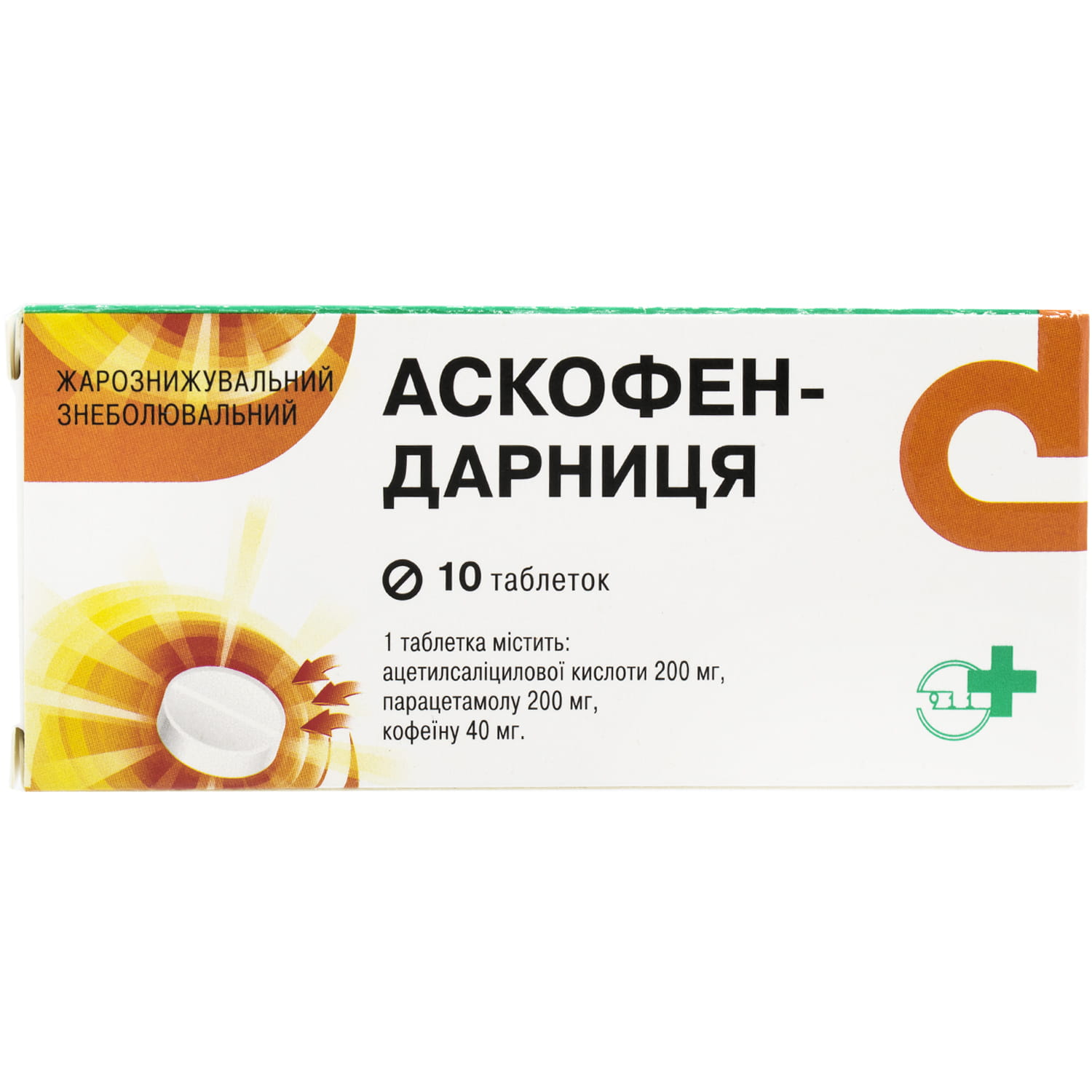
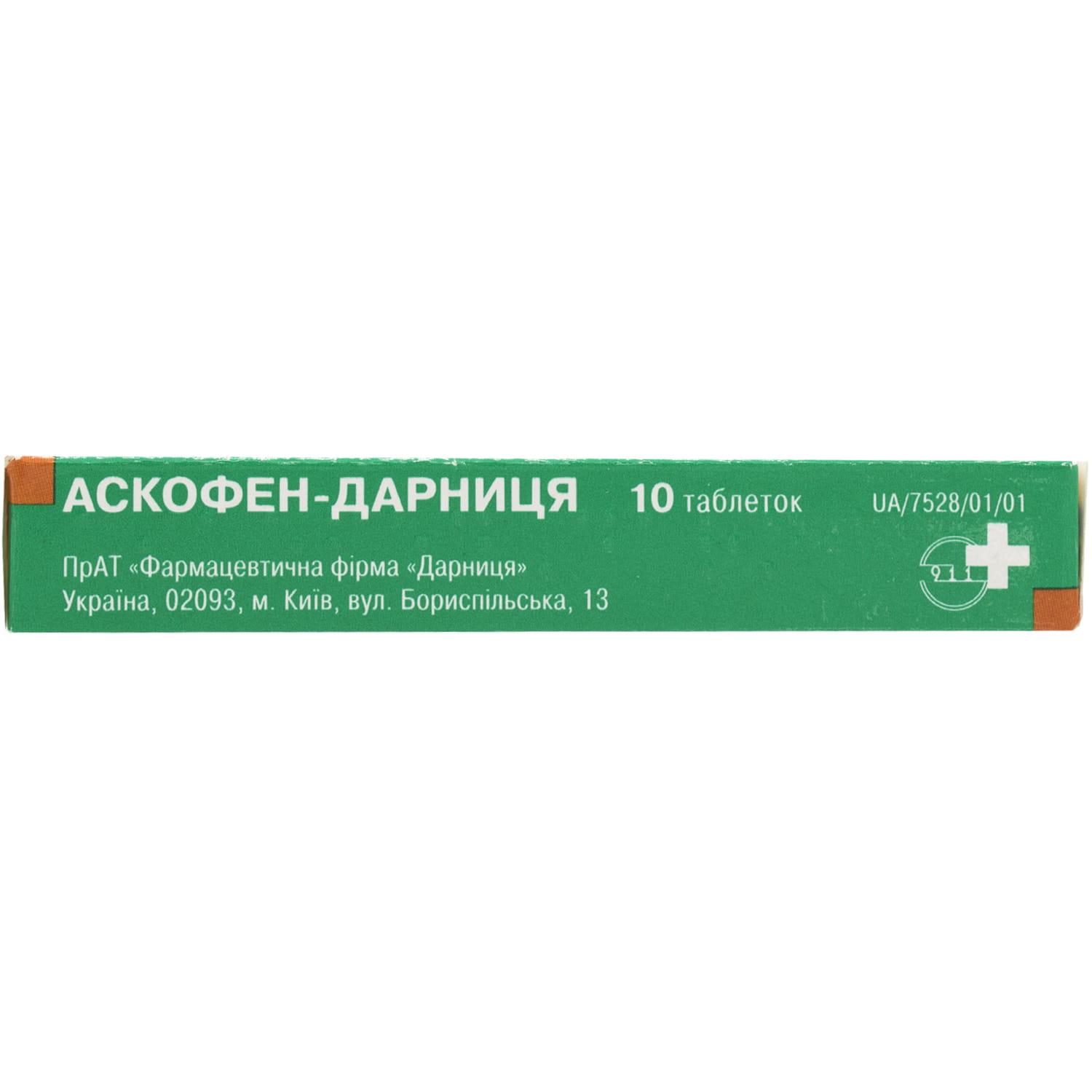
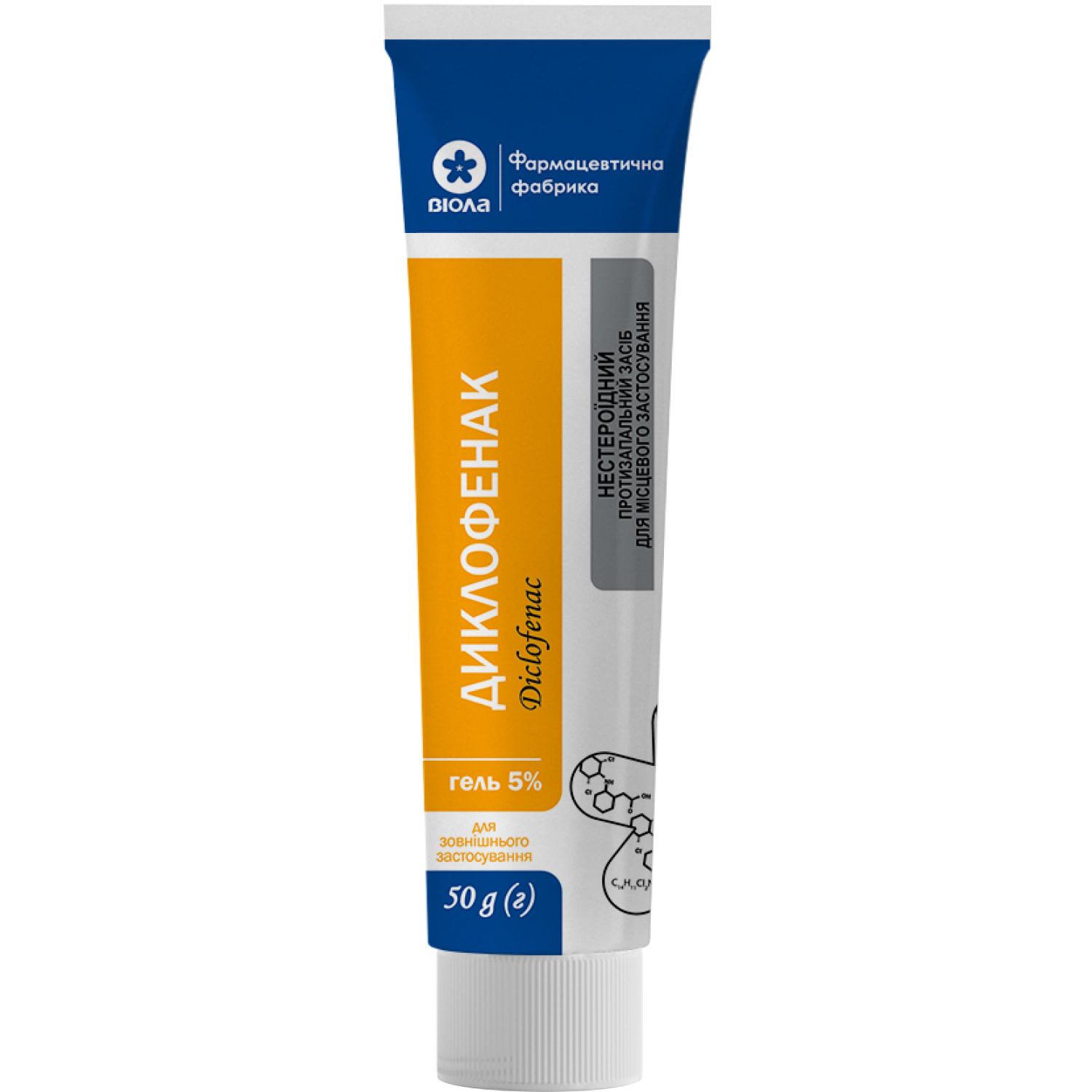
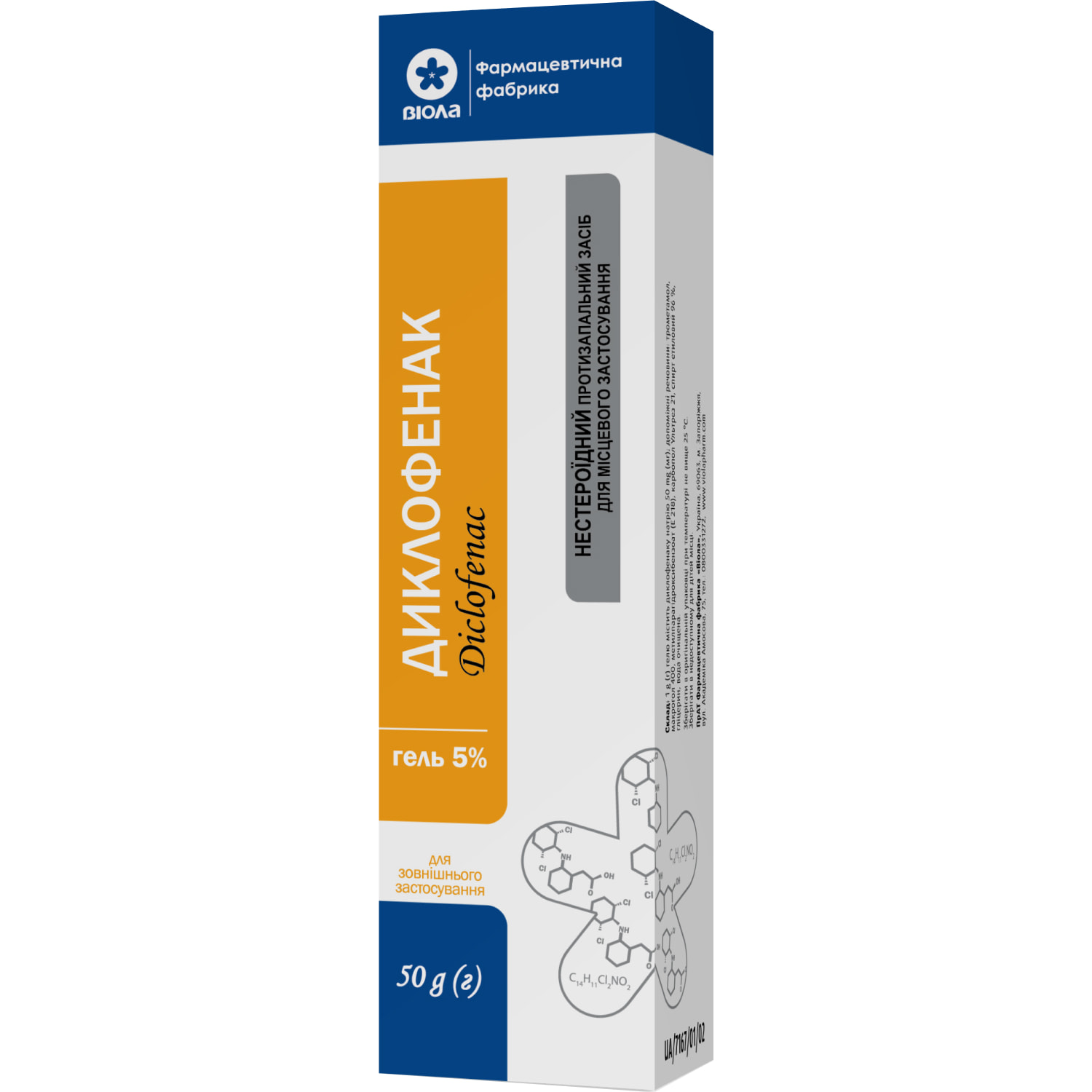

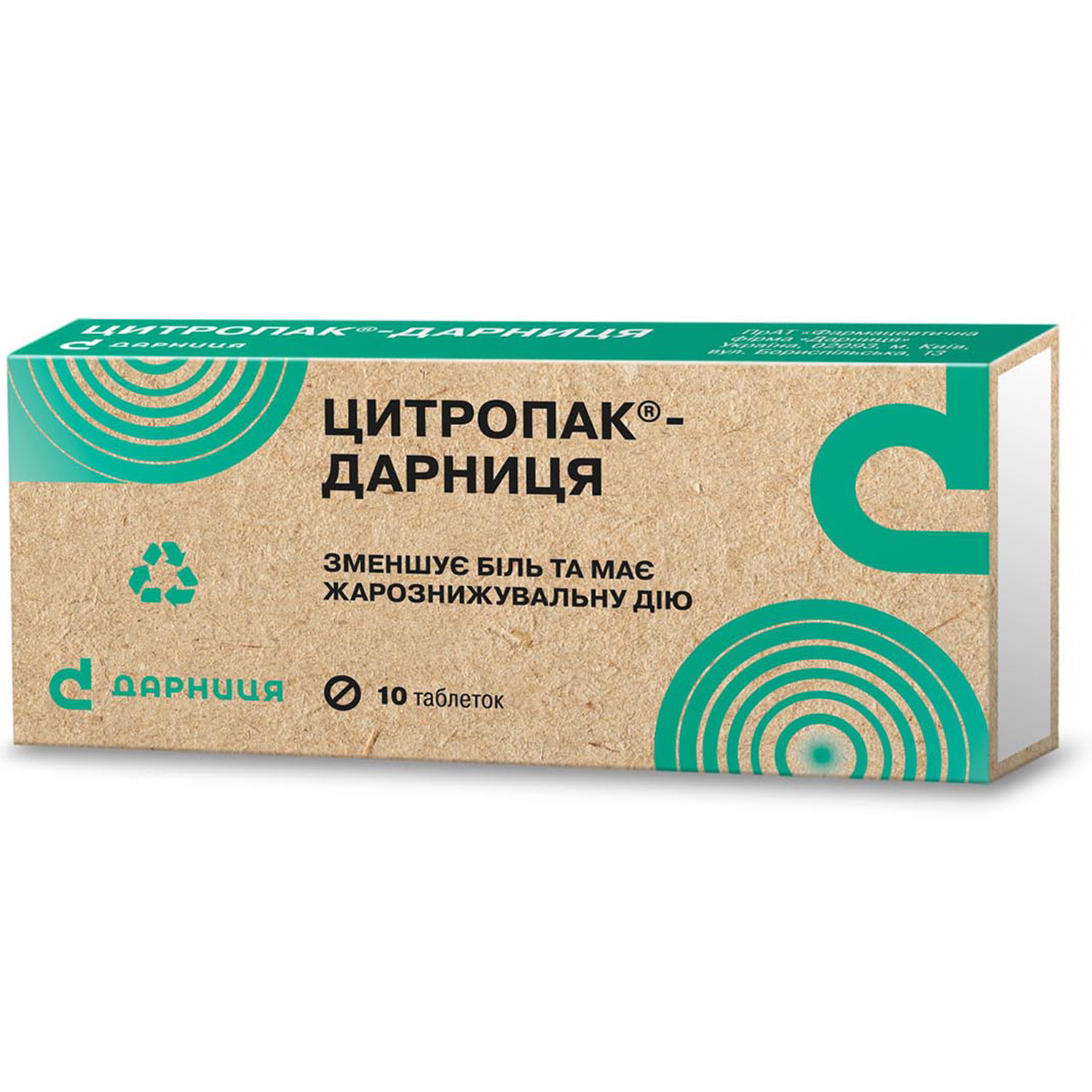
Reviews
There are no reviews yet.